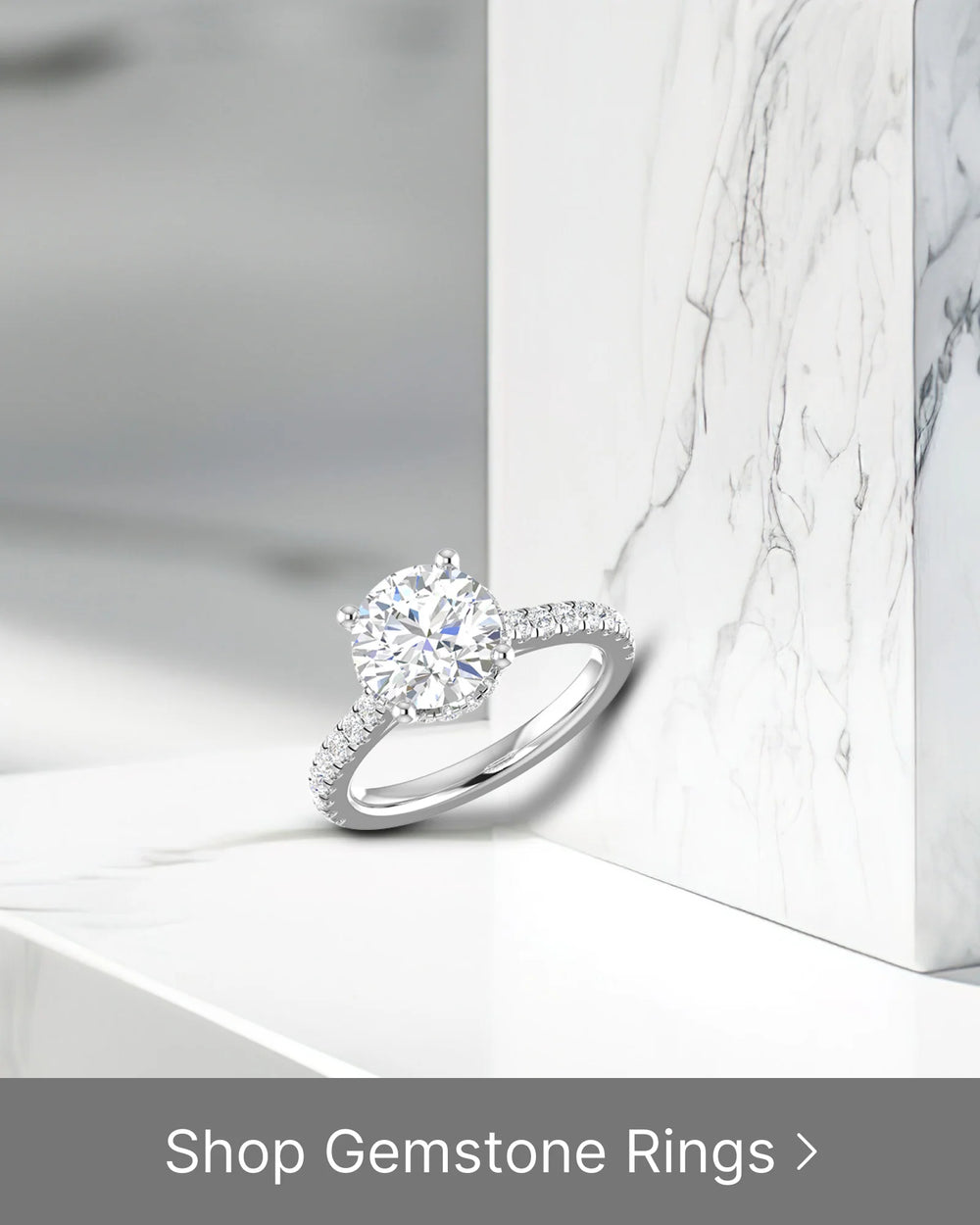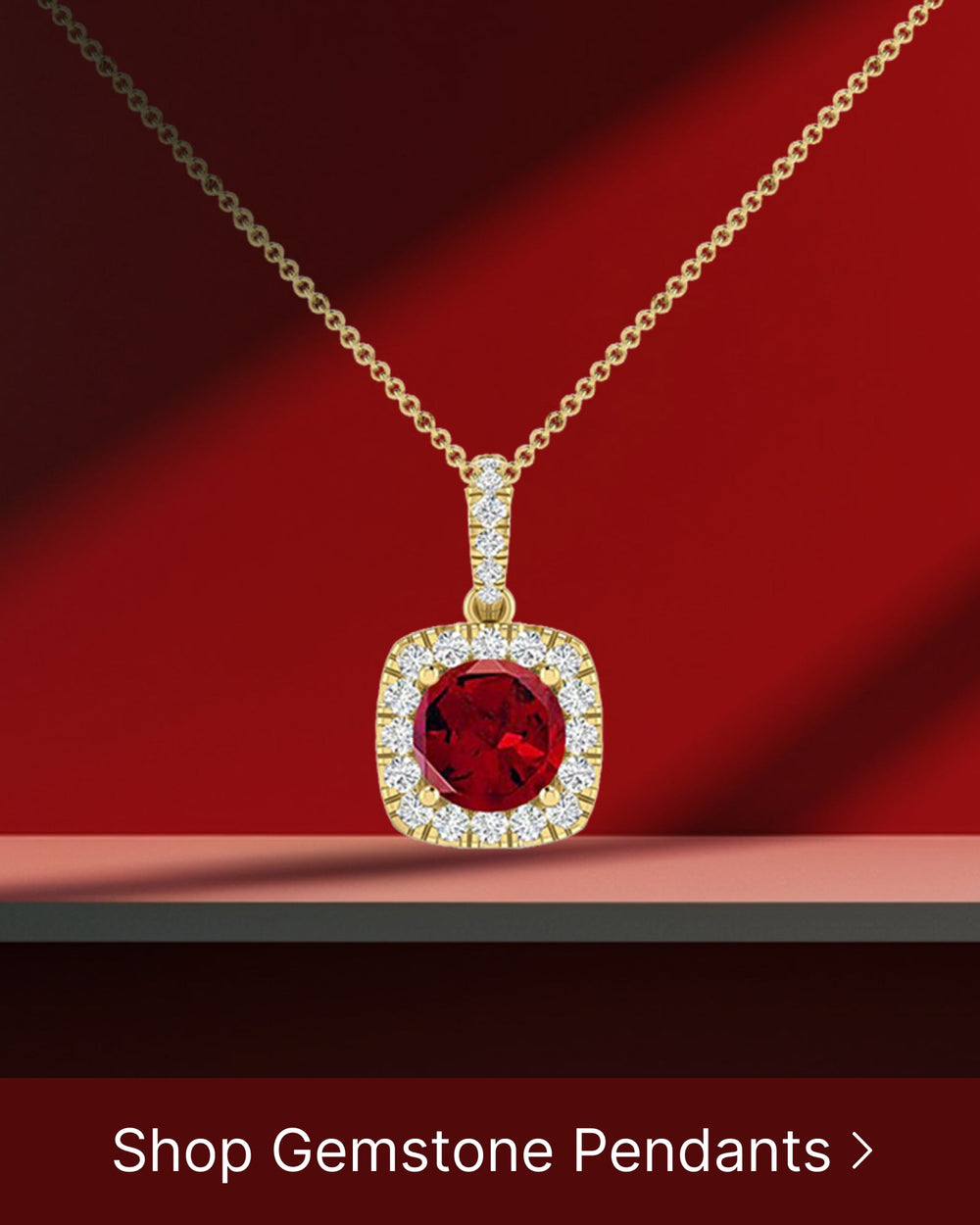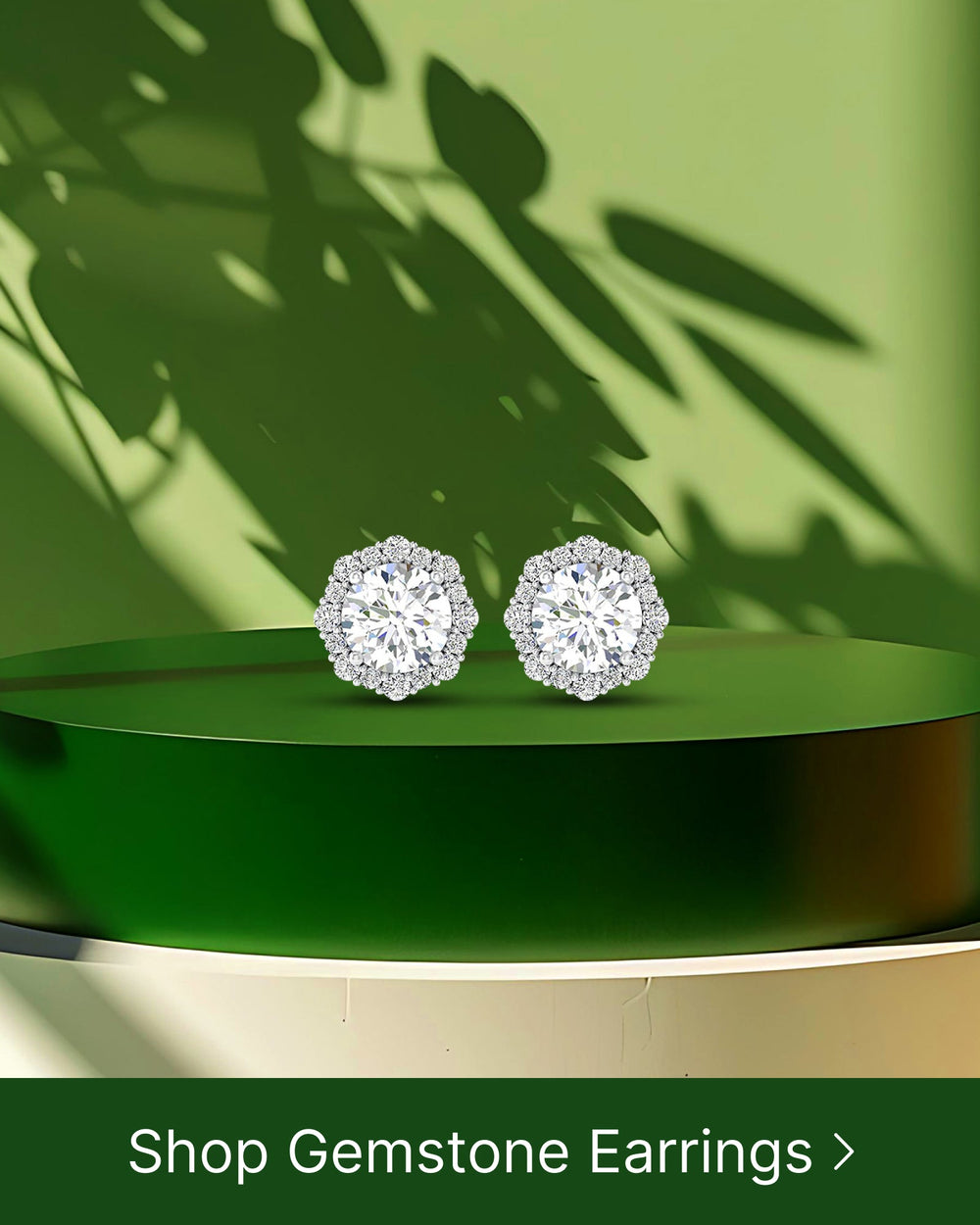Opal: The Birthstone of October
Opal, with its mesmerizing play of colors, is the birthstone of October. Birthstones hold great significance in various cultures, symbolizing different qualities and bringing luck and protection to their wearers. The history of birthstones dates back centuries, and understanding their origins provides a deeper appreciation for the gemstones we hold dear today.
Understanding the Significance of Birthstones
Birthstones have been prized throughout history for their perceived mystical and healing properties. The concept of birthstones can be traced back to ancient civilizations such as the Babylonians, who believed that gemstones were connected to specific celestial energies. These ancient civilizations were fascinated by the idea that gemstones held special powers and could bring good fortune and protection to those who wore them.
Over time, different cultures have ascribed unique meanings and interpretations to birthstones. These interpretations have been influenced by cultural beliefs, folklore, and even astrology. Birthstones have become more than just beautiful gems; they have become symbols of identity and personal connection.
The History of Birthstones
Records show that the idea of birthstones was popularized in the 18th century by various jewelers and gem traders. They created twelve birthstones, each associated with a specific month and zodiac sign. This system allowed individuals to wear a gemstone that corresponded to their birth month, creating a personal connection to the stone.
One of the most fascinating birthstones is October's birthstone, opal. Opal is a luminous gem that captivates with its dazzling array of colors. Its unique play of colors has made it a favorite among gem enthusiasts and collectors.
Opal has a rich history and has been highly regarded in various cultures. In ancient times, opals were believed to possess magical properties. They were thought to bring good luck and protect against evil spirits. The Romans believed that opals symbolized hope and purity. They were often used in jewelry worn by women to enhance their beauty and attract positive energy.
Cultural Interpretations of Birthstones
In different cultures around the world, birthstones have diverse symbolism. For example, ancient Greeks believed that opals bestowed the power of foresight and favored those born in October with the ability to see into the future. They believed that wearing opals would bring them wisdom and insight.
In Indian culture, opals were considered sacred and were believed to bring good fortune and protection. They were often used in religious ceremonies and were believed to have the power to ward off evil spirits. Opals were also associated with love and passion, and they were often given as gifts to express deep affection.
The significance of birthstones goes beyond their beauty. They hold a special place in history, culture, and personal beliefs. Whether you wear a birthstone for its mystical properties or simply because you love its vibrant colors, birthstones are a timeless symbol of individuality and connection to the world around us.
The Unique Characteristics of Opal
Opals are unlike any other gemstone. Known for their play of colors, opals exhibit a spectral range of hues that can include flashes of red, green, blue, and purple. The unique optical properties of opals make them a fascinating gemstone to study and admire.
Opals have captivated humans for centuries with their mesmerizing beauty. The captivating play of colors, also known as opalescence, is caused by the diffraction of light as it passes through the microscopic silica spheres that make up the gemstone. This phenomenon creates a stunning display of vibrant colors that seem to dance and shift as the gemstone is viewed from different angles.
Opals have long been associated with mystery and magic. In ancient times, opals were believed to possess supernatural powers and were considered a symbol of hope and purity. They were often used in jewelry to ward off evil spirits and bring good luck to the wearer.
The Formation Process of Opal
Opals are formed through a process that takes millions of years. They are created when water seeps into gaps in the earth's crust, carrying dissolved silica. As the water evaporates, the silica forms layers, eventually hardening into opal.
This formation process is truly remarkable. It requires a delicate balance of geological conditions, including the presence of silica-rich water and specific temperature and pressure conditions. Over time, as the silica-rich water slowly seeps into the cracks and crevices of the earth's crust, it begins to deposit layers of silica. These layers gradually build up and solidify, forming the unique structure of opal.
The formation of opals is a testament to the incredible forces at work beneath the Earth's surface. It is a process that requires immense patience and time, resulting in a gemstone that is truly one-of-a-kind.
The Different Types of Opal
Opals come in various types, each with its distinct characteristics. Precious opals, which exhibit the famous play of colors, are the most highly regarded. Other types include fire opal, black opal, boulder opal, and crystal opal, each with its own mesmerizing qualities.
Precious opals are the most sought-after variety due to their captivating play of colors. They can display a wide range of hues, from vibrant reds and oranges to brilliant blues and greens. The play of colors in precious opals is caused by the arrangement of the silica spheres within the gemstone, which diffract light and create the stunning optical effects.
Fire opals, on the other hand, are known for their warm and fiery colors. These opals exhibit shades of yellow, orange, and red, reminiscent of a flickering flame. The vibrant colors of fire opals make them a popular choice for jewelry, adding a touch of warmth and intensity to any piece.
Black opals are highly prized for their dark body color, which enhances the play of colors and creates a striking contrast. These opals are often considered the most valuable and rarest of all opals. Their dark background allows the vibrant colors to stand out, creating a mesmerizing visual display.
Boulder opals are unique in that they are formed within ironstone boulders. These opals often have a natural backing of the host rock, which adds to their distinctive appearance. The combination of the opal's play of colors and the earthy tones of the ironstone creates a beautiful contrast that is highly sought after by collectors and enthusiasts.
Crystal opals are known for their transparency and clarity, allowing light to pass through and enhance the play of colors. These opals can display a full spectrum of hues, creating a dazzling and ethereal effect. Crystal opals are prized for their purity and brilliance, making them a popular choice for those who appreciate the delicate beauty of opals.
The Symbolism and Meaning of Opal
Opals carry rich symbolism and hold profound meaning for those born in October. Beyond their breathtaking beauty, opals have been part of mythology, folklore, and even metaphysical practices.
Opal in Mythology and Folklore
Opals have been revered in various mythologies throughout history. Ancient Greeks believed that opals were formed from the tears of joy wept by Zeus when he defeated the Titans. Arabian folklore describes opals as falling from the heavens in flashes of lightning.
Healing and Metaphysical Properties of Opal
In metaphysical practices, opals are thought to enhance creativity, spark inspiration, and connect individuals with their emotions. It is also believed to bring harmony and balance to relationships, fostering love and emotional healing.
Opal in Jewelry Design
Opals' captivating beauty makes them a popular choice for jewelry designers worldwide. However, it is crucial to understand how to care for opal jewelry to ensure its longevity and preserve its beauty for generations to come.
How to Care for Opal Jewelry
Opals are relatively delicate gemstones and require proper care to maintain their brilliance. It is recommended to avoid exposing opals to harsh chemicals, rapid temperature changes, or prolonged exposure to direct sunlight. Regular cleaning and storing opal jewelry safely are essential practices for preserving their splendor.
The Value and Rarity of Opal in the Market
Opals, particularly high-quality precious opals, are valued for their rarity and unique play of colors. The value of an opal is determined by factors such as its body tone, color, brightness, and pattern. The most valuable opals are those that display a vibrant play of colors throughout the stone.
Celebrating October Birthdays with Opal
For those born in October, opals hold a special significance and make meaningful gifts. Gifting opal jewelry allows individuals to carry their birthstone's symbolism and charm wherever they go.
Gifting Opal Jewelry
When selecting opal jewelry as a gift, consider the recipient's personal style and preferences. Opal rings, earrings, or pendants adorned with diamonds or other complementary gemstones can create stunning combinations that highlight the opal's natural beauty. Presenting opal jewelry as a gift symbolizes a deep connection and signifies a celebration of the recipient's birth month.
The Tradition of Wearing Birthstones
Wearing birthstones has long been a tradition that connects individuals to their birth month and zodiac sign. Beyond their aesthetics, birthstones hold a spiritual and personal significance, adding meaning to the jewelry pieces we cherish and pass down through generations.
In conclusion, opal, the birthstone of October, is much more than a captivating gemstone; it carries deep symbolism and meaning. Whether admired for its play of colors, revered in ancient mythologies, or cherished for its metaphysical properties, opals continue to captivate and inspire. Celebrate October birthdays with opal jewelry, embracing the beauty, rarity, and unique charm of this remarkable gemstone.






